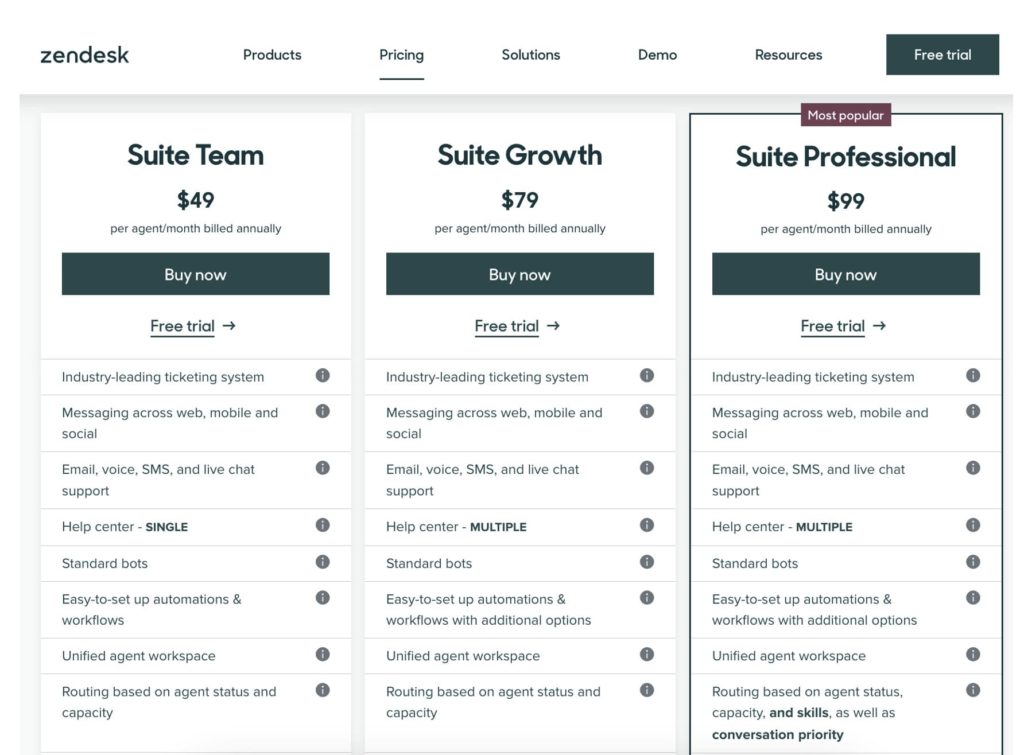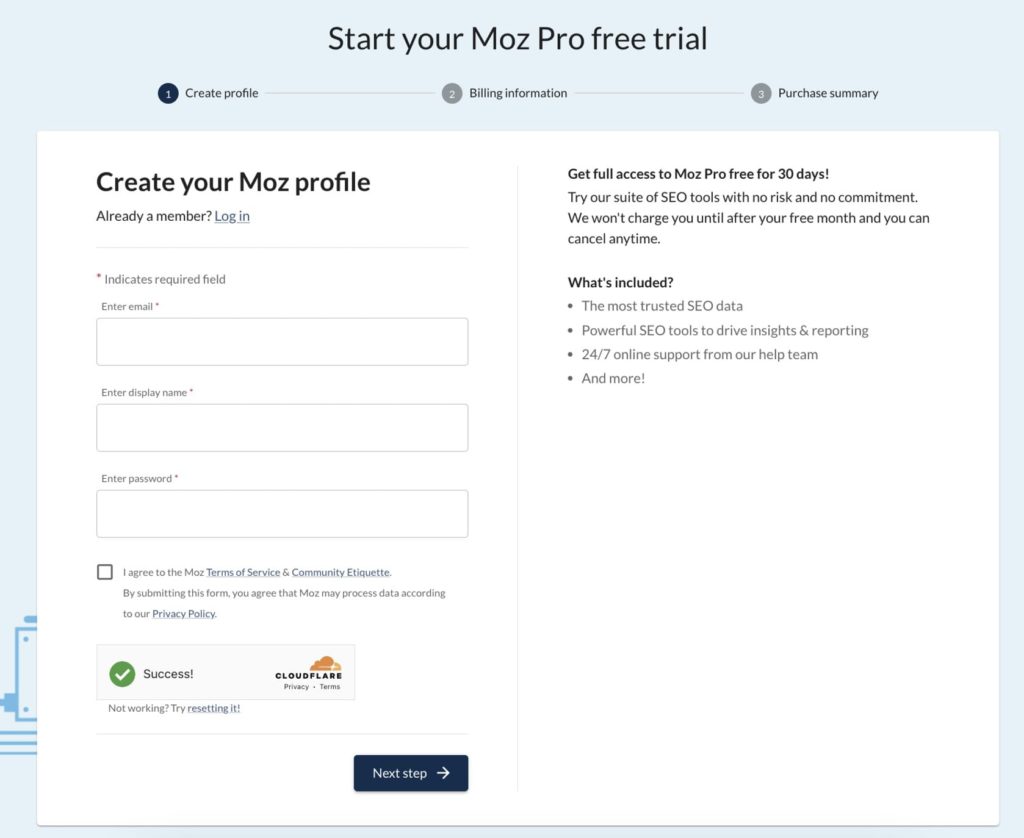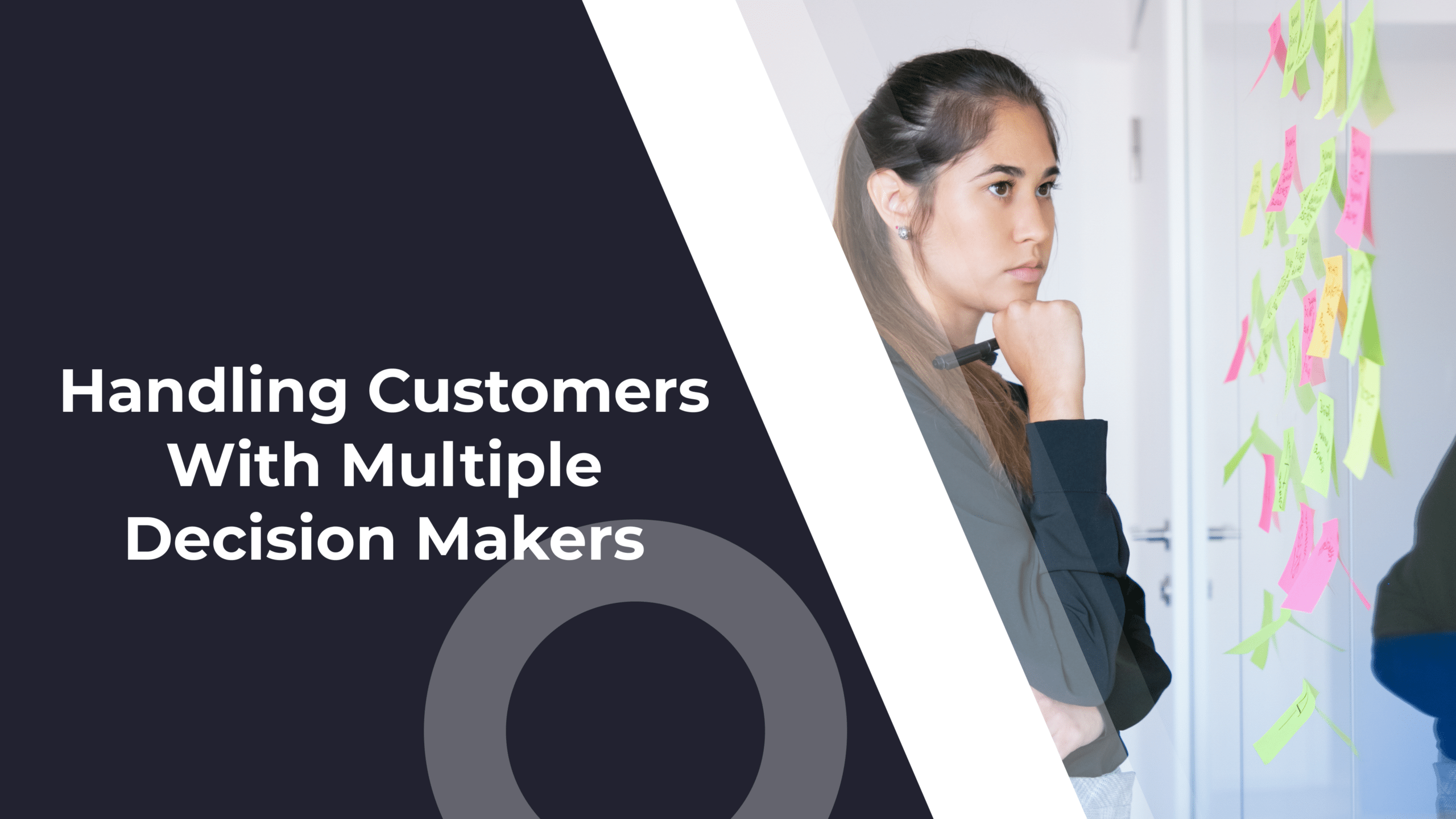SaaS companies often offer free trials in an effort to boost their conversion rates. As they give users a chance to try the product and see if it solves their pain points, the tactic can be very beneficial.
Let’s take a look at a few ways you can boost your free trial conversion rate along with examples of brands that have nailed a particular tactic.
Understand Your Current Free Trial Conversion Rate
Before you can start improving your free trial conversion rate, you need to understand your starting point. As such, the first step is always to calculate your free trial conversion rate, which you can do in the following way:
Free Trial Conversion Rate = (# of Paid Users / # of Free Trial Users) * 100
Simple enough, right? The problem is, however, that the rate doesn’t really tell you much about the effectiveness of your free trial program without additional context.
For example, you have a situation where your initial conversion rate is high, but most of the users who convert, churn after a month or two.
This could mean that even though your free trials are effective, most users don’t see the long-term value of your product and can’t justify the subscription. Or, it could mean that it simply takes your fresh converts too long to reach the first value — the proverbial “A-ha!” moment.
Whichever the case, you will probably need to add a few additional metrics into the mix to understand and improve your conversion rates. These include:
- Churn rate: How many users cancel their free trials in a given period of time after converting.
- Time to Value (TTV): How long it takes your users to reach their first value milestone.
- Milestone Completion Rate: How many users actually reach their first value milestone.
Once you have a better understanding of your conversion rate and the associated metrics, you can start taking steps to optimize it.
Pick the Right Free Trial Model
If you’re seeing a very poor free trial conversion rate, the reason could be that you’re offering your customers the wrong kind of free trial.
The exact model you choose should not only make sense for your product, but should also match your customers’ use cases and expectations. So how do you pick the right experience? Let’s explore the three most common types to find out.
Opt-in Free Trial
This is the most common type of free trials where customers get unlimited access to the product for a limited time just to test it out. Once their trial period ends, they will need to provide their credit card details and pay the subscription fee to continue using the product.
You don’t have to look far and wide for examples of opt-in free trials — some of the biggest SaaS brands out there use this model. Here’s what happens on the Zendesk website when you hit the main “Free Trial” CTA:

[Source]
You are taken straight to the demo version of the platform with just a little info to provide before starting your trial. The Zendesk trial will last for 14 days — a common length for a free trial. After the period ends, you will be locked out of the product and will be prompted to purchase a subscription:

[Source]
All in all, pretty simple — and that’s why the opt-in model is the most popular type of free trials. Because it is very low-risk for customers, it typically gets a lot of signups.
Now, the quality of these signups and how many of them will convert to paying customers is a whole different conversation. For opt-in free trials, the conversion rate usually goes as high as around 18%, which is average.
The reason why it rarely goes higher is that most of the signups will come from users in early stages of their customer journey. They might just be browsing, trying out different tools that offer a free trial with no strings attached. Chances are, they will go to a competitor after their trial ends.
Another challenge with opt-in trials is that they’re prone to abuse. Without special measures in place, nothing is stopping customers from creating dozens of single-use emails just to get trial after trial.
The bottom line is: the opt-in free trial model is great for complex products from established, trustworthy, “household” brands. Moreover, to implement it successfully, you need to have a very streamlined conversion process and really encourage your users to pay the subscription.
Opt-Out Free Trial
The opposite of the opt-in model, opt-out free trials require users to give their billing information up front when they sign up.
Then, if they fail to manually cancel their free trial (opt out), they are automatically charged and started on the paid plan.
The opt-out approach is not as widespread as the opt-in model. In fact, it’s even a bit controversial as some see it as predatory. Still, quite a few companies successfully use it — such as Moz (note step two of the signup process):

[Source]
“Successfully” because the opt-out model has the highest average free trial conversion rate at around 50%. This comes at the expense of a lower number of signups — but that’s the whole point of the opt-out model.
In fact, many companies adopt it to alleviate the main challenges of the opt-in model — uncommitted users and trial abuse. That’s not to say that the opt-out model has zero challenges of its own.
Quite the contrary — it can be a very tricky model to execute. You need to be very careful about the terms and conditions of the free trials not to mislead your customers. You also shouldn’t be pushy with your sales pitch and give your customers enough time to properly explore the product during the trial.
Simply put, the opt-out model is best suited for the companies that know what they’re doing and cater to customers who know what they’re doing. If your product is niche and aimed at experienced power users, the opt-out model could well for you and give you an amazing conversion rate.
Freemium
Under the freemium model, customers get free access to your product in perpetuity, often without even giving their credit card details.
However, there’s a catch. With the free access, customers will only get a very limited version of the product with missing key features or usage limits.
Probably the most famous example of a SaaS company offering the freemium experience is Slack. The messaging app is completely free to use — however, you need to upgrade to the paid version to get unlimited message history, video conferencing, two-factor authentication, and other nifty features.

[Source]
Companies typically choose the freemium model if they’re looking to rapidly expand their customer base or maybe disrupt the current industry leader. However, this strategy is very difficult to execute successfully. The average free trial conversion rate for freemium shows that, as it’s the lowest among all free trial models at around 2.6–2.8%.
To successfully implement a freemium model and achieve a solid conversion rate, you need to have a really keen understanding of your customers and what they’re trying to achieve with your product. You also need to be certain that your customer will reach their “A-ha!” moment quickly and see value in your product.
Then, you need to fine-tune your product to match your customers’ expectations — and that especially applies to the free version. Ideally, it should be powerful enough to hook your users, but not so powerful that your users never consider to upgrade.
Simplify Your Free Trial User Journey
Regardless of the free trial model you choose for your product, you need to streamline your customers’ free trial journey as much as possible.
In this case, streamlining means making the free trial experience as effortless as possible, so that your customers can reach their “A-ha!” moment as quickly as possible. Because once they experience that first value, they’ll be a lot more likely to convert.
To start with streamlining your free trial experience, you should first segment your users. Chances are, they will all have different use cases for your product. So, the best way to segment them is to simply present them with a short questionnaire at signup.
Ask your users what exactly you’re planning to do with your product (depending on your features), and personalize the onboarding experience based on their answers.
And while it’s important for the onboarding process to be personalized, it’s even more important for it to be as lean and simple as possible. Remember: you want your users to get to their value as quickly as possible. As such, a lengthy signup process with a dozen of steps or an unskippable tutorial are probably not good ideas.
Instead, let’s take another look at Zendesk and their trial signup process. Once you sign up for the trial, you will get a short, skippable questionnaire about your intended use case for Zendesk (going back to the personalization!):

[Source]
Regardless of whether you complete it or not, you are then taken directly to the app and can start using it pretty much immediately:

[Source]
What’s more important, the onboarding tutorials are essentially on-demand. They only pop up once you open a section you haven’t visited before, and you can simply dismiss them. The entire process takes around 10 minutes, after which you get full access to the app. As such, it’s a great example of a truly streamlined free trial experience.
Be Clear About the Risks & Concerns
A mistake lots of brands make is not clearly communicating the fine print around the free trial. This can leave a very sour taste in customers’ mouths, and it can significantly harm your brand image.
Be as clear about the conditions of the free trial as you can. Create an FAQ page, or add all the relevant details to your pricing page. Add a link to all of this information from the signup form, and ensure all (or as near as possible) visitors see the conditions of the free trial.
- Ask yourself what your trial users would want to know. Here are some common questions:
- Will customers use the data they have gained during the free trial?
- Can they access the tool again and recover what they’ve done so far?
- What will you do with their information after the trial has ended?
- If they don’t subscribe to a paid plan right after the trial has ended, will they lose data?
- What happens if a user ends the trial sooner? Will they get logged out, or can they use the tool for the rest of the trial?
As an example, let’s revisit Slack. Their pricing page is very lengthy with a detailed breakdown of features for each subscription plan. They also include a CTA that leads users to their data privacy policy:

[Source]
And right below that CTA is a list of FAQs that covers the issues that the average customer could be concerned about — primarily those related to billing:

[Source]
Don’t Ask for Credit Card Details
Unless you offer opt-out free trials, you should avoid asking your customers for their credit card details at signup. Even if it’s only to confirm their identity, and you’re not planning to bill them unless they opt in, it can leave a sour taste in their mouths.
Think about it: most people would rather not share these details with every brand that asks for them. More importantly, asking for payment information upfront can make it seem that you are hoping your trial users will forget to cancel their subscription, and have to pay at least one full month.That’s not the kind of brand you want to be working with.
After all, why would you need someone’s credit card details right upfront? Yes, it will make the transition to paying customers easier. But not significantly. Providing payment details will certainly not dissuade someone from converting if they loved your product and want to keep using it.
Ask for payment information only when a user is ready to become a paying customer, and not a second sooner. More importantly, make this fact super clear.
Check out Convert and their homepage hero section. They immediately tell you that you get a 15-day free trial, and that you don’t need a credit card to get started:

[Source]
Wrapping Up
While converting free trial users to paid customers can be an uphill battle, these strategies can help you convey the value and benefits of your solution.
Note that some users will simply never want to convert, so don’t cast too wide a net. Focus on the audience segment that is closest to your ideal customer.




